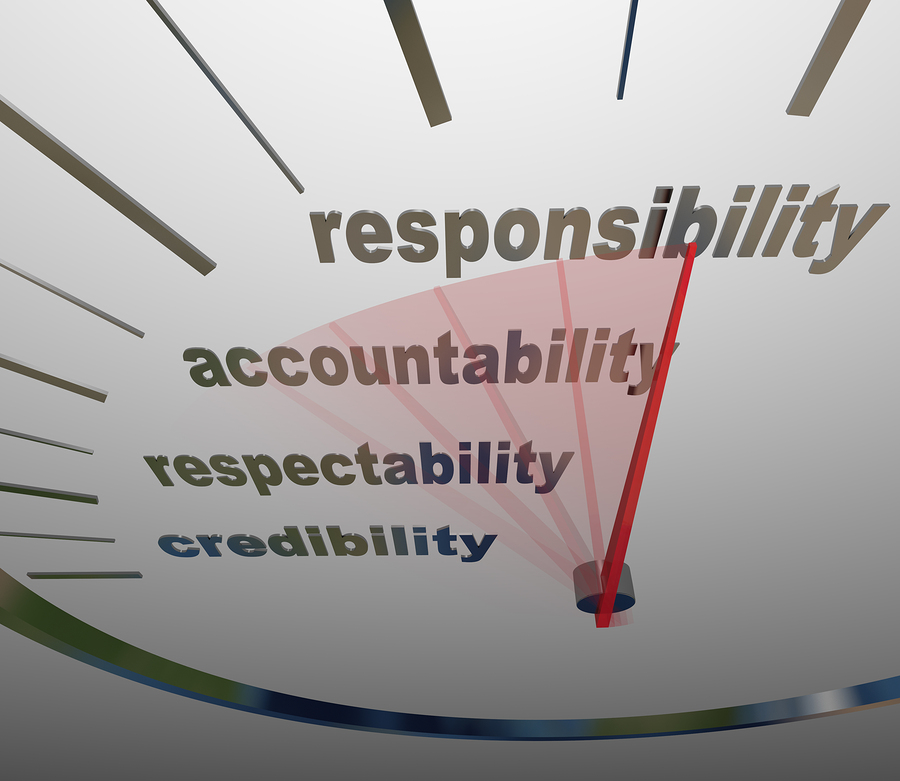Caps on Punitive Damages: Great for Business, Bad for Everyone Else
Punitive damages (often seen in personal injury and medical malpractice cases) are a hot topic both for businesses and for individuals harmed by the conduct of businesses. Punitive damages are just that, “punitive”. They are awarded above and beyond compensatory damages to punish outrageous and dangerous corporate behavior. More importantly, they serve the purpose of deterring future bad behavior. Punitive damage are relatively rare awarded only in cases of extreme behavior. They come into play only when the safety of the public is at stake.
In light of the rarity of punitive damages awards and the purpose that they serve which is to protect the public from reckless and irresponsible corporate behavior, the bill moving through South Carolina is pretty remarkable. The South Carolina House approved, by a vote of 104-9, a tort reform measure which would limit punitive damages across the board to $350,000.
The rationale for the bills is faulty on several grounds. The primary argument is that it is an economic development tool made necessary because nearby states, including Florida, Georgia and North Carolina, have passed similar measures. It is argued that businesses will not locate in South Carolina without the $350,000 cap. The implicit suggestion is that punitive damages are out of control in the State.
The reality could not be further from the truth. The South Carolina Trial Lawyers Association found 136 personal injury verdicts in South Carolina‘s 3 largest counties in all of 2007 and 2008. Of these, only seven included punitive damges, and only 2 of the 7 included punitive damages greater than $7000. This reinforces the fact that punitive damage awards are both rare and stingy. If a company has engaged in such outrageous behavior to incur punitive damages at these odds, is this the kind of business that South Carolina or any other state would want to attract?
Secondly, it is argued after all, “Isn‘t $350,000 really enough to deter bad behavior?” Ask Toyota this question. Apparently, Toyota saved $100 million by limiting the recall on its vehicles leaving millions of defective vehicles on the roads. In the meantime, uncontrolled and sudden acceleration of Toyota and Lexus vehicles led to 2000 accidents and over 30 deaths.
Arguments for caps on punitive damages, like tort reform arguments generally, ignore the fact that there are companies that behave very poorly, motivated only by profit with little or no consideration for the safety of the public. The deterrent effect of punitive damages lies in the possibility of financial hardship for those that ignore the public‘s safety. Punitive damages are typically calculated as a measure of corporate income. The jury is left, within reason, to determine what amount of a company‘s annual income would serve to properly punish the reckless corporation while also deterring other like-minded companies in the future. The amount must be significant to serve a deterrent purpose.
Many companies spend significantly more on their corporate retreats $350,000. Is this amount really enough to deter reckless profit only driven corporate behavior to take away a golf outing? South Carolina is known for its golf. Perhaps, now we are have arrived at the real root of the argument.

